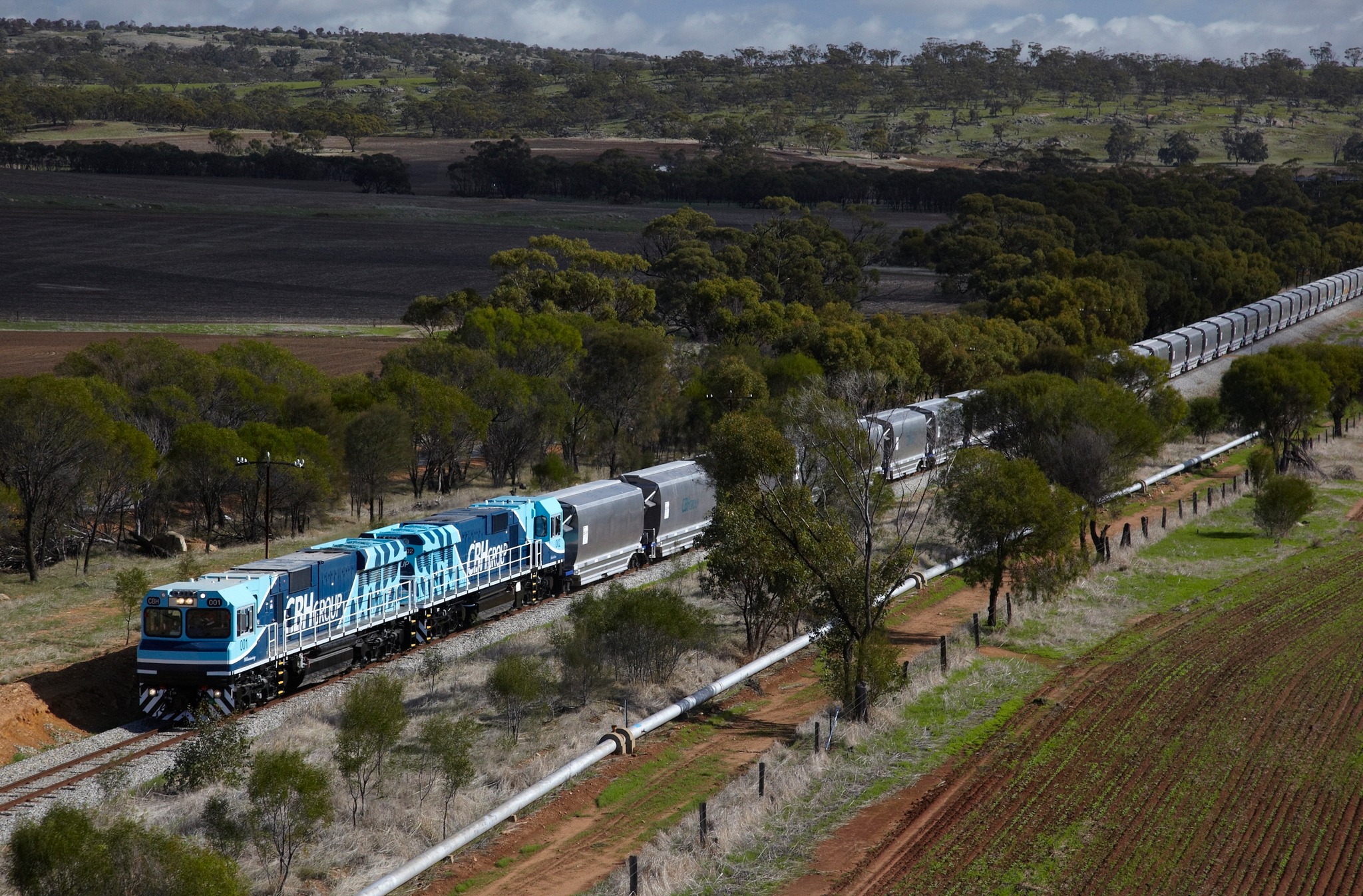
The CBH Group, Australia’s largest co-operative and a leader in grain industry, has signed two contracts for new standard and narrow-gauge rolling stock part of its Path to 2033 Strategy.
The company entered into an agreement with CRRC Meishan to acquire 200 standard-gauge and 450 narrow gauge grain hopper wagons, marking a significant investment in expanding the co-operative’s rail fleet as part of the ‘Path to 2033’ Strategy.
Due to the size of the order, the wagons will be delivered to CBH in seven tranches, beginning in September quarter of 2024, with the last tranche expected to be supplied and accepted by the June quarter of 2025.
“We are pleased to partner with CRRC Meishan, which is recognised internationally as a global leader in the design, manufacture and supply of quality grain hopper wagons,” CBH Chief Executive Officer Ben Macnamara said.
At the same time, CBH and Wabtec signed an agreement for the supply of 17 narrow-gauge locomotives. The first tranche of five locomotives will arrive in Australia in the first quarter of 2026 and will be operational soon after. The following second tranche of 12 locomotives will be arriving in the June 2026.
Wabtec will build 17 CM20ACi dual-cab, diesel-electric locomotives for CBH.
In December 2022, CBH announced an order for seven standard-gauge locomotives, scheduled to be in Australia and operational by November 2024.
The agreement with Wabtec will increase CBH’s narrow gauge locomotive fleet to 37 vehicles.
“Expanding our narrow-gauge locomotive fleet, in conjunction with the expansion of our standard-gauge locomotive fleet, is a significant step to enhance our outloading capability,” CBH Chief Executive Officer Ben Macnamara said.
CBH opened three competitive Request for Proposal (RFP) processes in 2022 for the purchase of new standard and narrow-gauge rolling stock to expand and strengthen its current rail fleet, which consists of 25 locomotives and 572 wagons.
Company’s Path to 2033 Strategy aims at increasing its export to 3 million tonnes by 2033. The delivery of the strategy is aligned with the objective of being able to safely receive an average 22 million tonnes crop by 2033 and outturn 70% of this in the first half of the shipping window.
Share on:



